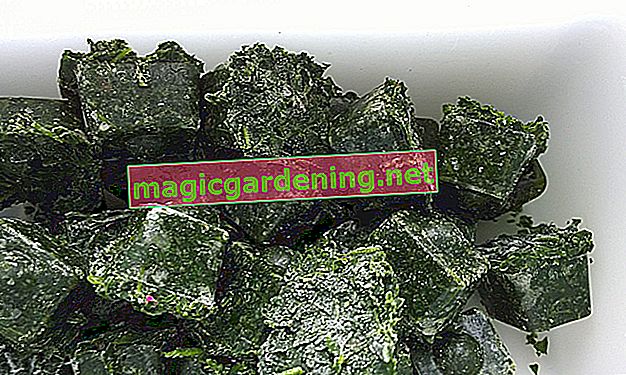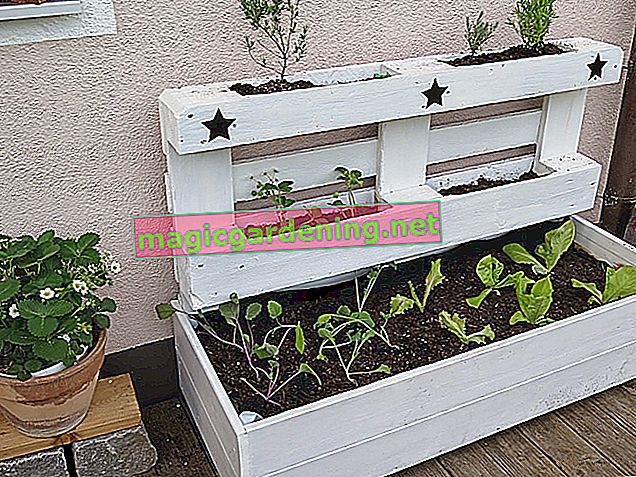
Pampas grass takes up a lot of space
In the bucket, pampas grass does not get quite as high as in the field. The reason for this is the restriction by the pot, as the eyrie of the pampas grass cannot spread as well.
also read
- How to overwinter pampas grass in the bucket
- Pampas grass is not poisonous, but still not harmless
- Grow pampas grass in the tub for balconies and patios
Nevertheless, the grasses can reach a remarkable 2.50 meters on the balcony.
On a very narrow balcony or when children and pets are on it, caring for pampas grass is not recommended because of the sharp-edged leaves.
The right location
Pampas grass likes it sunny and warm. South balconies are therefore particularly suitable for growing pampas grass.
However, you should ensure a location protected from the wind, as the long fronds break quickly in strong gusts of wind.
How to care for pampas grass on the balcony
- to water
- Fertilize
- To cut
- Overwinter
The bucket for the pampas grass should hold at least 40 liters. Make sure that there are enough drainage holes, because pampas grass does not tolerate waterlogging at all.
It is watered moderately but regularly. At least once a month, fertilize the plant with liquid fertilizer for ornamental grasses. It is even better if you fertilize with compost from the garden.
As in the field, pampas grass is only cut once on the balcony, preferably in spring. You shouldn't cut the grass in autumn.
Hibernate pampas grass on the balcony
Pampas grass is partially hardy. The only dangerous thing is the wetness, which makes the eyrie rotten. That is why the tops of the pampas grass in the garden are tied up as soon as winter approaches. This is not absolutely necessary on a covered balcony.
To overwinter pampas grass in the bucket, place it on an insulating surface and wrap it with foil. A cool winter garden is also a good suitable place for wintering.
Tips
Pampas grass is not poisonous. The only danger is the sharp leaves, which, depending on the species, have small barbs. Children, animals and inexperienced visitors are at increased risk of injury.








